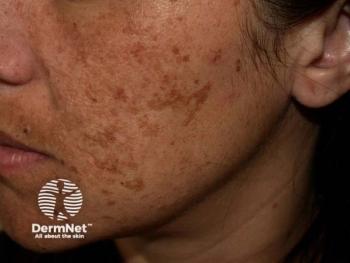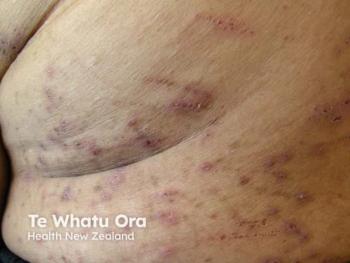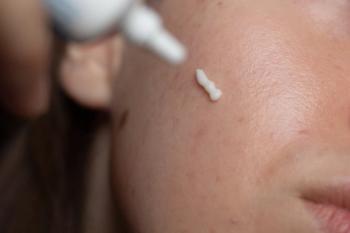
POLL: What Aesthetic Trends Are You Seeing in Gen Z and Millennial Patients?
Key Takeaways
- Millennials prioritize skin rejuvenation and wrinkle reduction, while Centennials focus on genetic or structural issues and appearance changes.
- Centennials often find clinicians via social media, whereas Millennials rely on friend recommendations.
Answer today's poll and explore the evolving aesthetic trends among Millennials and Gen Z, focusing on their unique preferences for skin care, fillers, and Botox treatments.
Recent research has identified differences and trends among Generation Y/Millennials (born 1981–1996) and Generation Z/Centennials (born 1997–2012) who are being treated by aesthetic providers.1 In the survey, each age group demonstrated varying goals and behaviors in clinic, which can help dermatologists guide treatment approaches in either age category.
In 2023, a cross-sectional observational survey was given to 40 clinicians, assessing opinions and trends among the 2 groups. Most were > 35 years old with > 10 years' experience. Each was given 23 questions on experiences, patient recruitment, retention, finances, and patient preferences and satisfaction levels. Of the surveyed providers’ patient database, the median proportion of millennials was 31%-40% versus a median proportion of 11%-20% of centennials
Millennials requested botulinum toxin, fillers, and skin care, with an overall goal of skin rejuvenation and wrinkle reduction, while Centennials requested fillers, skin care, and botulinum toxin and aimed to address a genetic or structural issue and overall change their appearance. According to the clinicians, the most commonly requested filler indication in both age groups was the lips. Cheek contouring, nose, and tear trough filler were also popular in both millennials and centennials. In an average treatment plan of 4 to 6 weeks, millennials are more likely to utilize a higher volume of 2 to 3 syringes, compared to the typical 1 syringe in centennials
Centennials tended to locate their clinicians on social media, whereas millennials were recommended by friends. Although there were no technical difficulties with treating either age group, about 40% of surveyed providers believed that centennials are more difficult to satisfy with treatment. Furthermore, 80% stated that this generation is more limited in their budget and 77.5% find it more difficult to retain Generation Z patients compared to others.
“Given that Centennials may have more limited budgets for cosmetic procedures, it is important that practitioners carefully tailor their plans to ensure that treatments are efficient, results-driven, and visibly effective; ideally achieved with fewer sessions,” the authors wrote. “Practitioners should build trust and long-term engagement by providing clear practical explanations of treatments, guiding rather than challenging patient preferences, and showing them examples of achievable outcomes.”
There were some key limitations in this survey, including the potential for recall and generational bias and a small sample size of dermatologists, in which most were over the age of 35. These can be addressed in future research in hopes of better understanding and treatment of aesthetic patients in varied age groups.
In your recent clinical experience, which treatments are most popular in Generation Y/Millennials?
In your recent clinical experience, which treatments are most popular in Generation Z/Centennials?
Let us know your thoughts and experiences by answering our polls above and commenting on social media, or by writing to us at
Reference
1. T. Trévidic, P. Trévidic, N. Azib, et al., “ A Survey of Generational Trends: Practitioner Insights Into Aesthetic Preferences,” Journal of Cosmetic Dermatology 24, no. 8 (2025): e70397,
Newsletter
Like what you’re reading? Subscribe to Dermatology Times for weekly updates on therapies, innovations, and real-world practice tips.


















